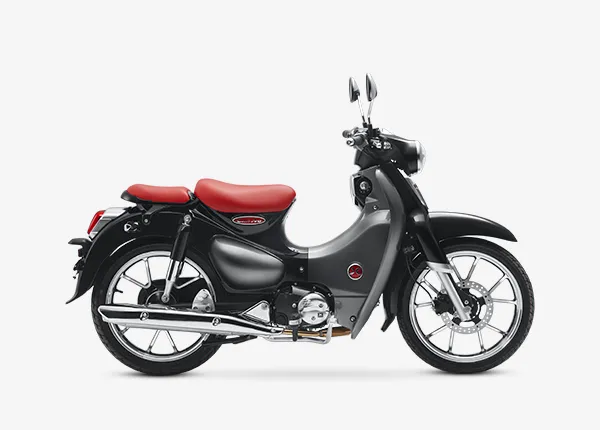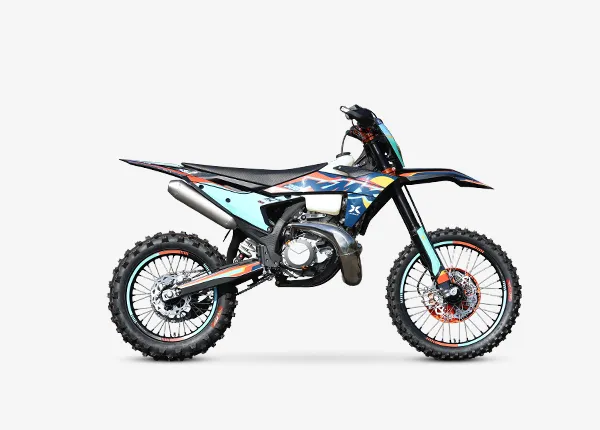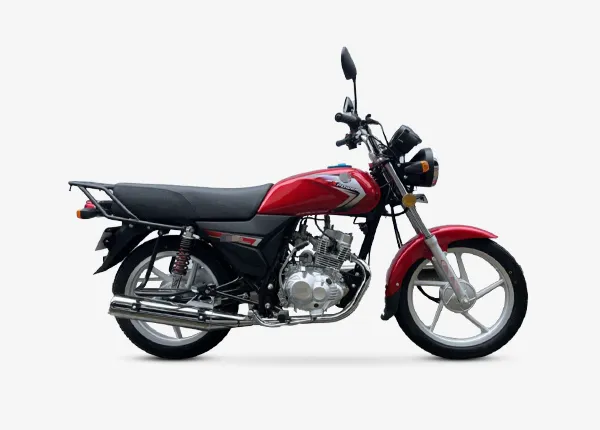Motorcycles have long been celebrated for their versatility, freedom, and excitement. With countless types and models, it can be overwhelming to choose the right one. However, understanding one crucial aspect—the engine—will make your decision easier. This guide will provide essential knowledge about motorcycle engines, helping you choose the right motorbike based on engine performance.
Types of Motorcycles
Before diving into engines, it’s essential to identify the type of motorcycle that suits your needs. Motorcycles are categorized into:
Street Bikes
Sport Bikes
Scooters
Cruisers
Adventure (ADV)
Dirt Bikes
Touring Motorcycles
Trikes
Mini Bikes
Once you’ve chosen a motorcycle type, the next step is understanding the engine that powers it.
Engine Displacement: The Power Indicator
Engine displacement is one of the most important factors to consider. Measured in cubic centimeters (cc), engine displacement refers to the volume of the engine’s cylinders. The larger the displacement, the more fuel and air the engine can burn, leading to higher power output. For example:
125cc to 250cc engines are perfect for beginners, balancing power and ease of control.
500cc to 1000cc engines offer more power for experienced riders.
Above 1000cc engines provide thrilling speed and torque, making them ideal for sport and touring bikes.
Types of Engines Based on Cylinder Count
Motorcycle engines are classified by the number of cylinders. This plays a significant role in how the bike performs and feels:
Single-cylinder engines: Common in dirt bikes and small road bikes, they offer simplicity and lightweight, but lack high-end power.
Twin-cylinder engines: Available in parallel-twin or V-twin layouts, these are popular in cruisers and adventure motorbikes, providing a good balance of torque and smoothness.
Triple-cylinder engines: Known for their unique power delivery, they are often found in sport and adventure motorbikes.
Four-cylinder engines: Powerful and smooth, these are common in sport and touring motorcycles.
Six-cylinder engines: Rare, found in high-performance machines, offering unmatched smoothness and power.
Engine Configuration: Layout Matters
The layout of the engine cylinders significantly impacts the bike’s handling and power delivery. Common configurations include:
- Vertical (Inline): Efficient and compact, often used in road bikes.
- Boxer (Horizontally Opposed): Known for its low center of gravity and balance, typically found in BMW motorcycles.
- V-twin: Popular in cruisers, offering plenty of low-end torque.
- L-twin: A variation of the V-twin, known for its unique power delivery.
- Flat-four: Found in larger touring motorcycles for smooth power and balance.
Cooling Systems: Managing Engine Heat
Motorcycles use three main types of cooling systems to manage heat:
Air-cooled engines: Simple and lightweight, relying on airflow for cooling.
Oil-cooled engines: An improvement on air-cooled engines, oil circulates through the engine to absorb heat.
Liquid-cooled engines: The most effective at cooling, using a liquid to transfer heat away from the engine, found in performance and touring motorcycles.
Two-Stroke vs Four-Stroke Engines
Motorcycle engines can also be categorized by their stroke cycle:
Two-stroke engines: Produce more power relative to their size and are typically used in dirt bikes. However, they are less fuel-efficient and environmentally friendly, leading to their phase-out in most markets.
Four-stroke engines: More common, offering better fuel efficiency, cleaner emissions, and longer-lasting performance.
Key Performance Indicators: Understanding Engine Metrics
Once you’ve selected a motorcycle type and understood basic engine configurations, it’s time to examine key engine performance metrics:
Compression Ratio: The higher the compression ratio, the more power the engine can produce. High-compression engines generally require higher octane fuel.
Horsepower (HP): This measures the engine’s power output. High horsepower generally means faster acceleration and higher top speeds.
Torque: Torque, measured in Newton-meters (Nm), refers to the engine’s pulling power. High torque is essential for quick acceleration, especially at low speeds.
RPM (Revolutions per Minute): Refers to how fast the engine’s crankshaft is spinning. Higher RPMs typically mean higher horsepower but may lead to lower torque.
Fuel Delivery: Carburetors vs Fuel Injection
Modern motorcycles are primarily equipped with fuel injection systems (EFI), which electronically manage fuel delivery based on engine demands, offering better efficiency and lower emissions.
Carburetors, once the standard, mix fuel and air mechanically but are less efficient, contributing to higher emissions. Most carburetor systems have been phased out due to stricter environmental regulations.
Specialized Engines: Turbocharged and Supercharged
For high-performance enthusiasts, some motorcycles offer turbocharged or supercharged engines. These systems compress air entering the engine, allowing for more fuel to be burned and significantly boosting power. Turbocharged engines utilize exhaust gases to drive the compressor, while supercharged engines are driven directly by the engine.
Final Thoughts: Engine Performance is Only Part of the Equation
While the engine is critical in determining a motorcycle’s performance, other factors such as weight, aerodynamics, tires, brakes, and suspension also play vital roles in how the motorbike handles. Understanding engine specifications allows you to make an informed decision, but it’s essential to look at the whole package to ensure the best riding experience.





